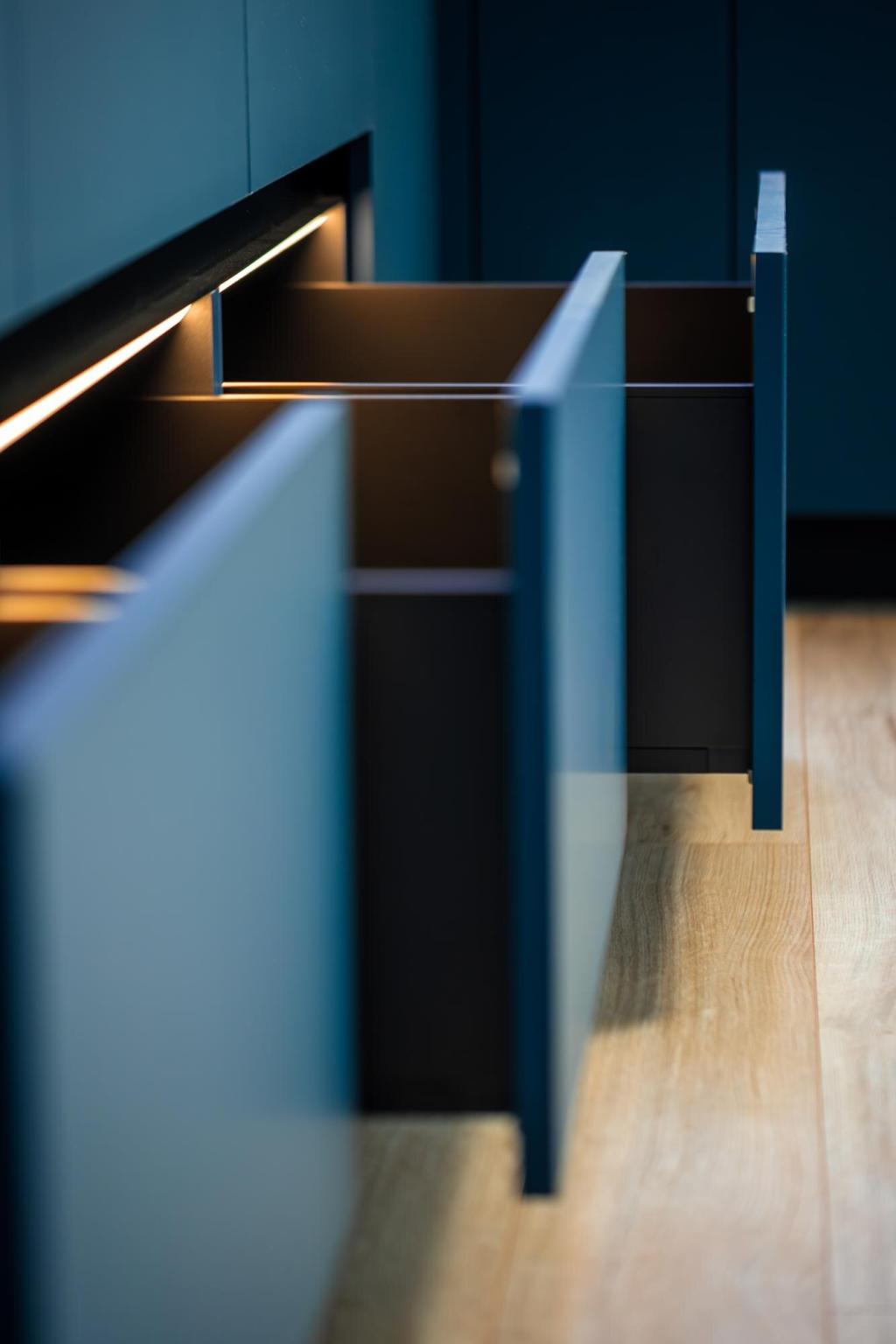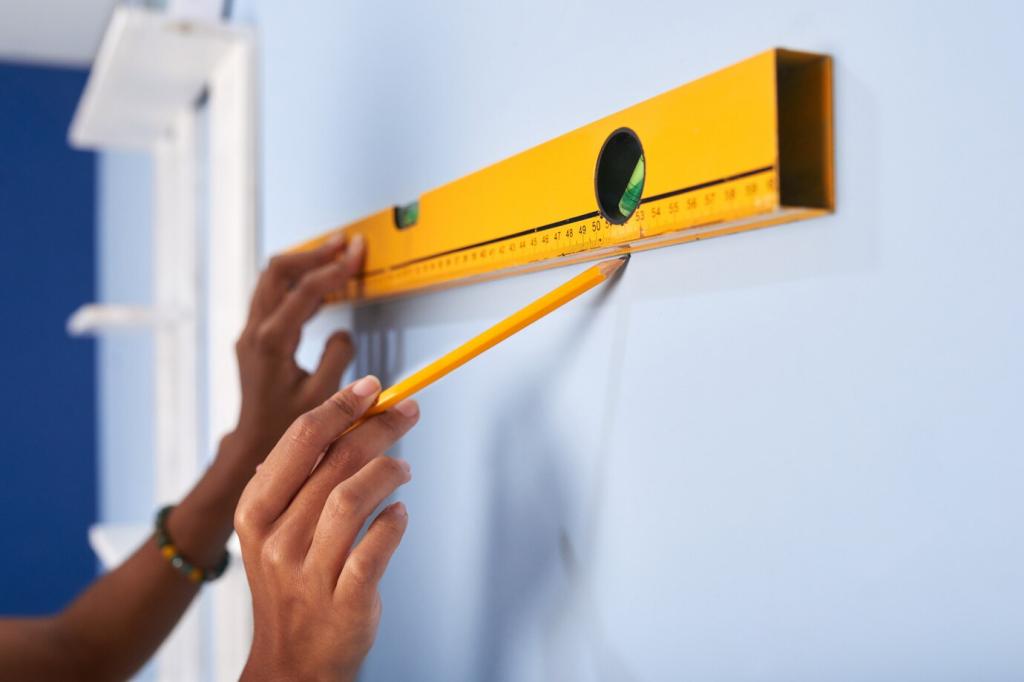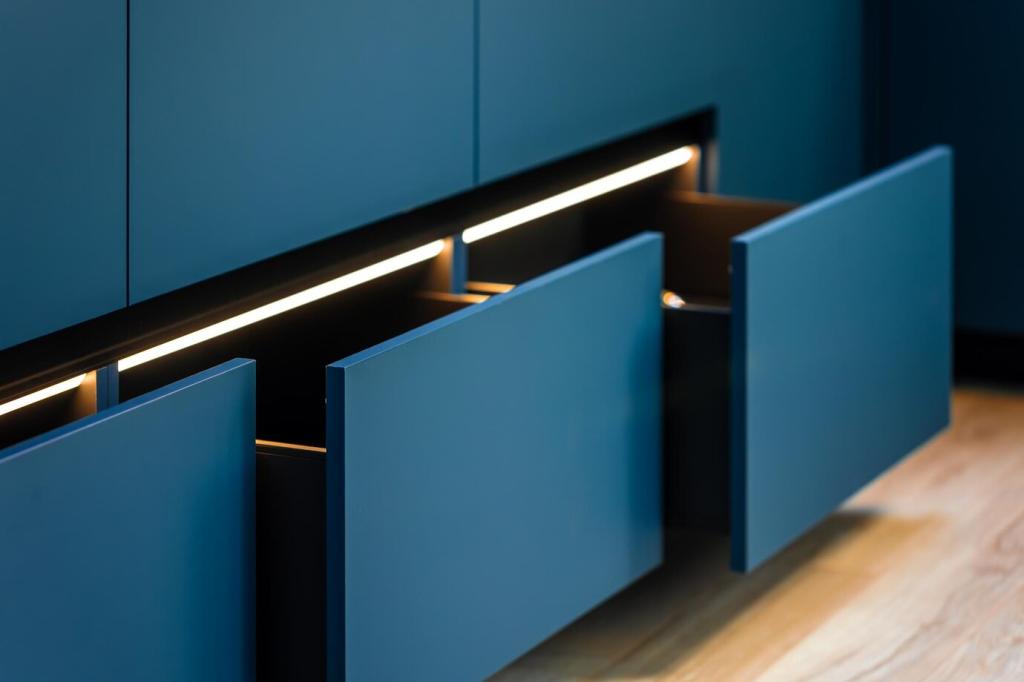Crafting Calm Walls: Sustainable Plastering Methods for Eco‑Friendly Interiors
Chosen theme: Sustainable Plastering Methods for Eco-Friendly Interiors. Welcome to a tactile, breathable approach to finishing walls, where natural materials, low-impact techniques, and thoughtful design create healthier rooms that age gracefully and feel beautifully alive.


Lime and Natural Pozzolans
Hydrated lime cures by absorbing carbon dioxide, forming durable calcite while remaining vapor‑open. Blend with natural pozzolans like metakaolin or volcanic ash for strength, reduced shrinkage, and lower embodied carbon compared to conventional cement-heavy mixes.

Clay Plasters and Indoor Wellbeing
Clay plasters buffer humidity, dampen noise, and emit virtually no VOCs. Their fine particles and mineral pigments deliver calm, matte surfaces that support restful sleep and clear air. Tell us your climate; we’ll suggest suitable clay formulations.


Preparation and Application, Step by Step
Identify masonry, earthen, or gypsum substrates; confirm soundness; and remove loose paint without harsh chemicals. Mist dusty walls instead of pressure-washing to conserve water. Comment with your substrate type for tailored prep tips and primer recommendations.
Preparation and Application, Step by Step
Measure by weight for consistency, slake lime thoroughly, and mix only what you can spread within pot life. Use clean buckets, low-speed mixers, and reclaimed water where possible. Subscribe for our printable mixing ratios and troubleshooting checklist.
Vapor‑Open Assemblies, Not Vapor Traps
Pair lime or clay with mineral paints and breathable substrates; avoid impermeable sealers that trap moisture. Think system, not product. Ask us about perm ratings and we’ll help align layers for your local humidity conditions.
Bathrooms and Kitchens Done Right
Use hydraulic lime finish coats or clay stabilized with casein in splash zones, and detail good ventilation. Microcrystalline waxes can repel occasional splashes without sealing pore structure. Post your room layout for targeted moisture detailing advice.
Salt, Efflorescence, and Gentle Repairs
Where salts migrate, use sacrificial lime washes and poultices before finishing. For cracks, pre-wet and fill with compatible mortar, then feather a thin finish. Join our newsletter for a step-by-step salt remediation guide and toolkit list.
Color, Texture, and Biophilic Design
Mineral Pigments and Limewash Glazes
Iron oxides, ultramarines, and earth pigments bond within mineral matrices for UV-stable hues. Thin limewash glazes unify patchy tones while keeping breathability intact. Comment with your palette, and we’ll suggest pigment-to-binder ratios by room orientation.
Tactile Textures that Invite Touch
From fine steel-troweled finishes to sanded rustic coats, texture affects light scatter, acoustics, and mood. Try a light fresco burnish for soft sheen without polymers. Share a close-up of your favorite finish for community feedback.
Designing with Light and Shadow
Raked morning light reveals hand-troweled movement; evening lamps warm mineral color. Place sconces to graze, not blast, surfaces. Subscribe for our lighting planner that pairs fixture types with specific sustainable plaster finishes.
Story: A 1920s Flat Reimagined with Clay
Painted-over plaster was flaking, and winter humidity swings invited condensation. The owner felt tired and stuffy. We proposed clay plaster to buffer moisture, quiet echoes, and restore hand-made character without synthetic sealants.
Story: A 1920s Flat Reimagined with Clay
We gently stripped loose layers, patched with fibered clay base, then finished with a warm ochre clay coat. Windows stayed cracked during curing, and neighbors borrowed trowels. Ask for our exact mix; we’ll email subscribers the recipe.

Embodied Carbon and Practical Accounting
Compare mixes using published EPDs, transport distances, and binder content. Lime and clay typically beat polymer-heavy plasters. Post your project data points, and we’ll crowdsource a living benchmark for common room sizes and climates.
Local Sourcing and Smarter Logistics
Buying lime putty locally and aggregates from nearby quarries cuts emissions and supports regional craft. Consolidate deliveries, return pallets, and reuse buckets. Comment with your supplier map so readers can build a shared directory.
Maintenance, Repair, and End‑of‑Life
Plan for reversible finishes: patch, re-wet, and blend instead of demolition. Many clay offcuts can return to the mix; lime rubble can be reused as aggregate. Subscribe for our maintenance calendar and gentle cleaning schedule.
